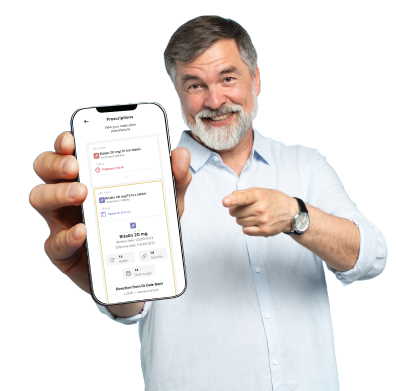
Attention Deficit Hyperactivity Disorder Types Explained
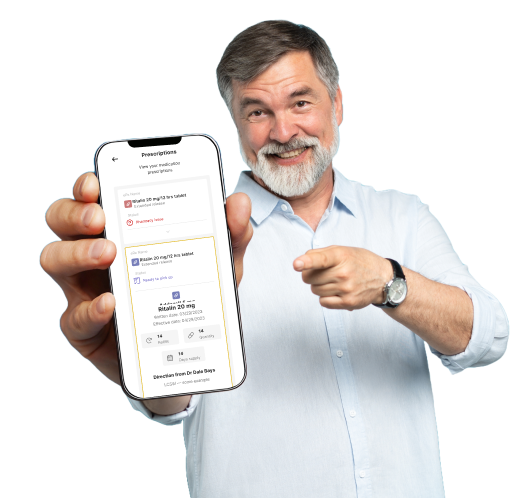
Attention deficit hyperactivity disorder (ADHD) is a behavioral disorder that causes symptoms of hyperactivity, inattention, and impulsivity. These symptoms are severe enough to interfere with the patient’s daily activities. ADHD develops in childhood, and often the symptoms continue into adulthood.
Adults with ADHD often struggle with impulsive behaviors, have difficulty paying attention, and are overly active. The symptoms of ADHD may vary from one person to another depending on the different types of this disorder. So, how many types of ADHD are there? Let’s find out and explore ADHD categories and other related aspects.
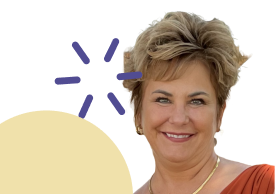

Three Main Types of ADHD
There are three main types of ADHD in adults: predominantly hyperactive, predominantly inattentive, and combined. Below, you will find these ADHD types explained, including an overview of their accompanying symptoms.
This ADHD type is typically marked by hyperactive and impulsive behavior. Adults diagnosed with it present fewer symptoms of inattentiveness but often experience the following:
- Fidgeting, tapping hands or feet, or squirming in the seat.
- Talking excessively.
- Inability to settle in one place and remain still for an extended period without feeling discomfort. A person can stand up or leave their seat at work or in other situations that require them to remain seated.
- Feeling restless in most situations.
- Inability to engage in leisure activities or hobbies quietly.
- Blurting out answers before the question is complete.
- Inability to wait for their turn, such as when queuing.
- Interrupting or intruding into conversations, activities, or games.
This type of ADHD is more commonly diagnosed in males, particularly in childhood. Boys often exhibit more hyperactive and impulsive symptoms compared to girls, leading to a higher incidence of this ADHD presentation. However, the manifestation of hyperactivity can change with age, often presenting as restlessness or difficulty relaxing in adults.
Previously called ADD (attention deficit disorder), ADHD of the inattentive type is characterized by distractibility and lack of attention. Common symptoms of inattentive ADHD include:
- Inability to pay close attention. Making careless mistakes at work.
- Daydreaming and difficulty sustaining attention. Inability to remain focused for extended periods.
- Inability to listen when being spoken to, even without obvious distractions.
- Inability to follow instructions or complete assigned tasks.
- Inability to organize tasks and activities.
- Struggling to manage time and meet deadlines.
- Reluctance to engage in activities that require extensive mental concentration.
- Distractibility by external stimuli, including unrelated thoughts.
- Extreme forgetfulness.
This type of ADHD is more evenly distributed between males and females compared to the hyperactive-impulsive presentation. It is commonly observed in adults and adolescents, as inattention symptoms often become more prominent with age. However, anyone, regardless of age or gender, can have this type of ADHD if the specific criteria are met.
As the name suggests, the combined ADHD type has the symptoms of both hyperactive-impulsive and inattentive behaviors. The doctor or physician will diagnose patients with combined ADHD if they present with enough symptoms of each of the above-mentioned ADHD types.
Combined ADHD is typically more prevalent in males. It is often diagnosed in childhood, as the combination of inattention, impulsivity, and hyperactivity tends to be more noticeable in this age group. However, as with all kinds of ADHD, it can persist into adulthood and affect individuals of any age or gender.

Other Types of ADHD
Over-focused ADD
In addition to typical ADHD symptoms, individuals with over-focused ADD tend to get stuck in negative thought patterns or behaviors. They may have difficulty shifting attention, switching from one task to another, and often worry excessively.
Over-focused ADD can be found in both children and adults. It is not exclusive to one gender or age group.
Classic ADD (Classic ADHD)
This type is similar to the combined type of ADHD defined in the DSM-5. It is characterized by both inattentiveness and hyperactivity/impulsivity. People having it struggle with focus, attention, impulsivity, hyperactivity, and organization. Classic ADD is usually detected in early childhood, often when a child starts school, and is more commonly diagnosed in boys.
Inattentive ADD
This type is similar to the predominantly inattentive presentation of ADHD defined in the DSM-5. Individuals with inattentive ADD struggle primarily with attention, focus, organization, and forgetfulness, and often daydream. Unlike the other attention deficit hyperactivity disorder types, these individuals are typically not impulsive or hyperactive.
Inattentive ADD tends to be more common in females and often becomes more noticeable during the later school years when academic demands increase.

Temporal Lobe ADD
In addition to classic ADHD symptoms, temporal lobe ADD may include issues with learning and memory, behavioral problems, and aggressive behavior. These individuals may struggle with reading and following directions.
Temporal lobe ADD is not gender-specific or age-specific; it can affect both males and females across various age groups.
Limbic ADD
Along with classic ADHD symptoms, individuals with limbic ADD often exhibit chronic low-level sadness (not depression), low energy, and decreased interest in activities they once enjoyed. These symptoms are different from the sadness or depression caused by specific life events.
Like other subtypes of ADHD, limbic ADD can affect individuals across their lifespan. It is not specific to a certain gender or age.
Ring of Fire ADD
Beyond typical ADHD symptoms, those with ring of fire ADD may also exhibit periods of excessive talkativeness, hyperactivity, and unpredictability. They may have periods of calm followed by periods of high energy and impulsivity.
Ring of fire ADD can affect any age or gender, but the fluctuating and often intense symptoms might be more easily identified in school-aged children and adolescents.
Anxious ADD
Along with classic ADHD symptoms, individuals with anxious ADD often exhibit nervousness, tension, and physical stress symptoms like headache and stomach discomfort. People with this type tend to be less impulsive and hyperactive but struggle with inattention and high levels of anxiety.
Anxious ADD is not limited to a specific gender or age group. However, high anxiety levels may become more noticeable in adolescence and adulthood when life stressors increase.

Causes of ADHD
Studies have shown that specific gene variants, particularly those involved in dopamine transmission, may be related.
How Is ADHD Diagnosed?
Healthcare providers use the symptoms provided in the DSM-5 to diagnose ADHD. The DSM-5 handbook lists nine symptoms that characterize hyperactive and impulsive ADHD and nine other symptoms that suggest inattentive ADHD.
ADHD in adults can be diagnosed only if they present with at least five of the nine primary symptoms. The symptoms should also be visibly present for six months or longer in more than two settings, such as at home and at work. Additionally, the levels of ADHD are important in making a diagnosis as the symptoms should be severe enough to interfere with the adult’s daily activities.
Answer several science-backed questions to evaluate the probability of having ADHD and see if you need to consult a professional.

What Doctor Can Treat ADHD/ADD?
The healthcare professionals you can turn to for evaluation and treatment of all ADHD types include:
Psychologists
Nurse practitioners & physician assistants.

Treatment of ADHD
Therapy
Behavioral therapy helps adults with different ADHD degrees find ways of replacing inappropriate behaviors with positive ones. It also helps them learn new ways of expressing their feelings.
Cognitive-behavioral therapy, family therapy, neurodiversity-affirming practices, and modifying environments also help adults with ADHD. Note that therapy doesn’t treat ADHD but helps individuals learn effective coping skills and improve behavioral patterns.
Medication
These drugs take longer to act but are effective in improving the patients’ attention and focus. They are recommended for patients who can’t tolerate stimulants, those with past addiction issues, and those who do not gain the desired effect from them. Examples of non-stimulant drugs for ADHD include Strattera, Clonidine, and Intuniv.
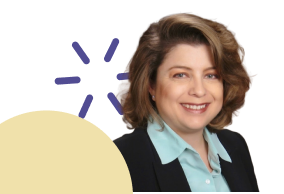
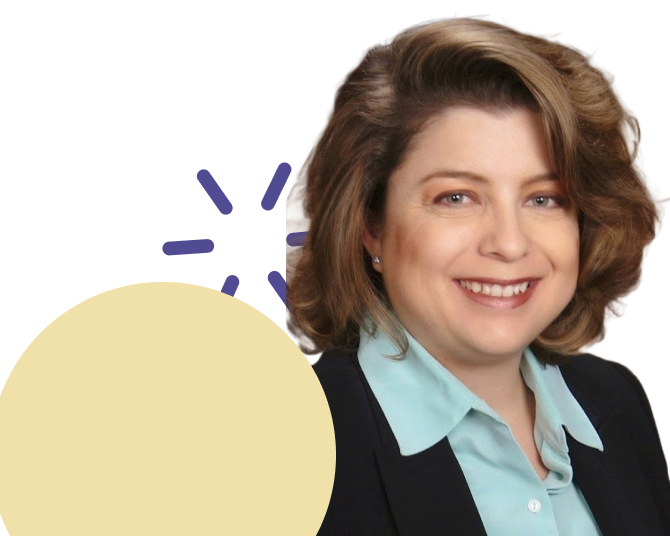
- Easy scheduling: Schedule a visit from your couch, any time, no waiting in line!
- Comprehensive visit management: Reschedule or cancel your appointment in a few clicks.
- Plan in advance: No forgetting to schedule that follow-up next month!
- Track your prescription online: Check your prescription status anytime and know when the medication is ready to pick up.
- Switch pharmacies: Your chosen pharmacy doesn't have your medication? Select another one in a minute.
- Save personal details: No need to repeatedly fill out personal and medical information. Just choose a date and time to book a visit.

Learn more about ADHD
Sources
- Genetics of attention deficit hyperactivity disorder
Source link - DSM-5 Changes: Implications for Child Serious Emotional Disturbance
Source link - Description and Demonstration of CBT for ADHD in Adults
Source link